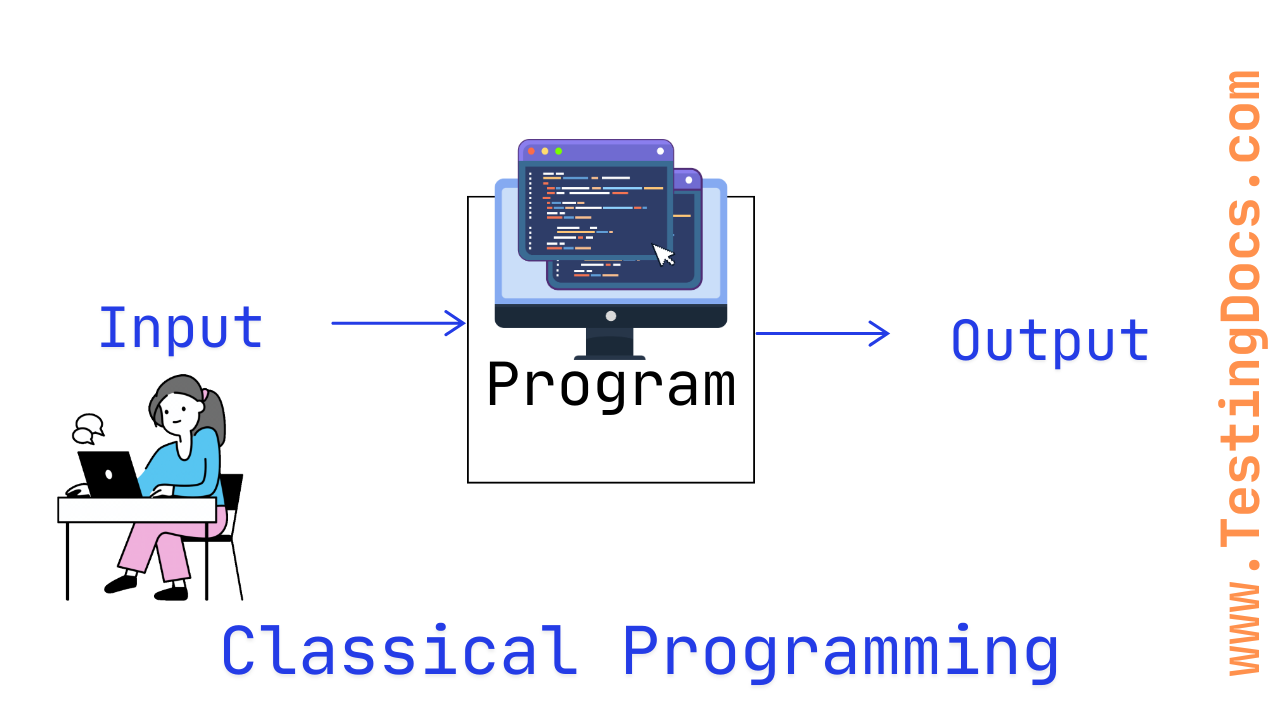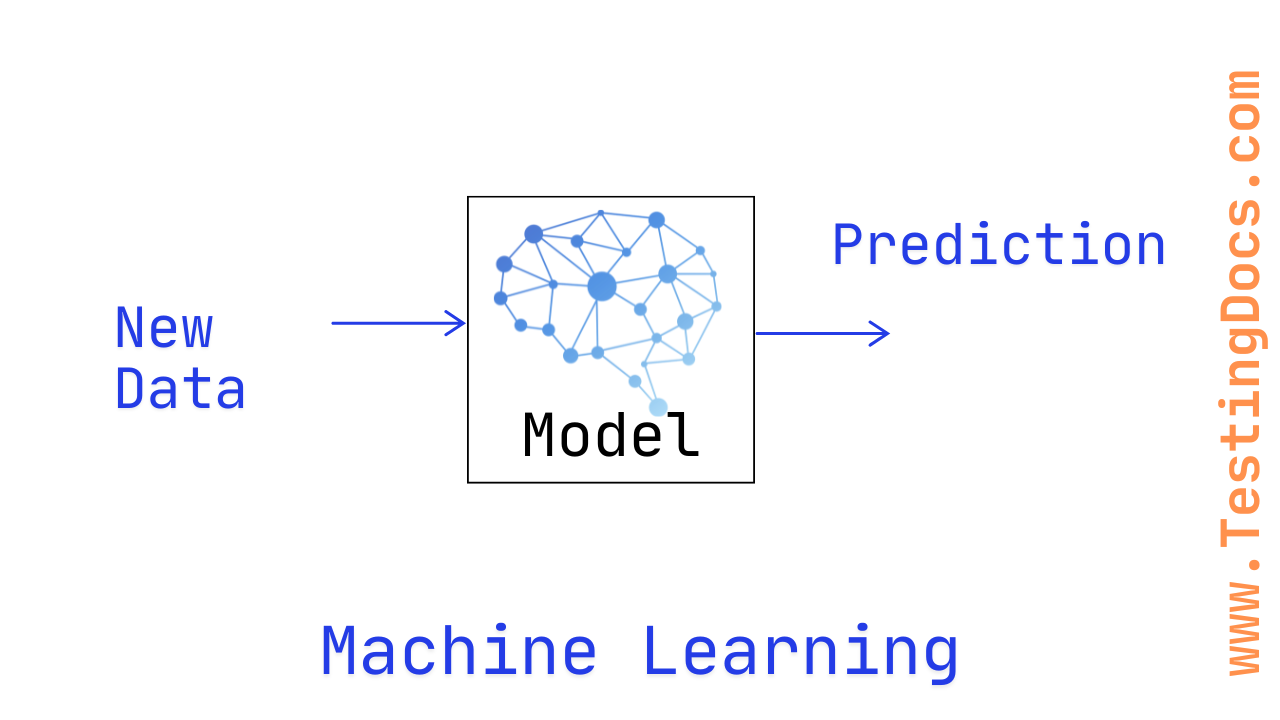Classical Programming and Machine Learning
Classical Programming and Machine Learning
Computers help us solve problems by following instructions written by humans. Traditionally, these instructions are written as explicit rules in a programming language. However, with the advancement of technology, computers can now learn patterns from data and make decisions without being explicitly programmed. This leads us to two major approaches in computing: Classical Programming and Machine Learning.
Classical Programming
Classical programming follows a rule-based approach where a human explicitly defines the logic and instructions to solve a problem. The programmer writes code using a programming language such as Python, Java, or C++, specifying step-by-step operations for the computer to execute.
In this approach, the input data is processed according to predefined rules, and the output is generated based on those rules. Classical programming is widely used for applications like web development, databases, and system automation.

Machine Learning
Machine learning is a paradigm where computers learn patterns from data and make predictions or decisions without being explicitly programmed. Instead of writing rules manually, a machine learning model is trained using historical data. The model identifies patterns and relationships, which it uses to make future predictions with new data.

This approach is widely used in applications like image recognition, recommendation systems, and natural language processing. Machine learning enables computers to adapt and improve over time as they process more data.
Classical Programming vs Machine Learning
Some of the differences are as follows:
| Classical Programming | Machine Learning | |
|---|---|---|
| Approach | Follows explicitly defined rules written by programmers. | Finds patterns from data and makes predictions. |
| Input | Data and manually defined rules. | Only data (training data), from which it learns patterns. |
| Output | Determined by predefined logic and conditions. | Predicted based on learned patterns. |
| Flexibility | Rigid; requires manual changes for new conditions. | Adaptive; learns and improves from new data. |
| Examples | Web applications, database management, automation scripts. | Speech recognition, fraud detection, self-driving cars. |
